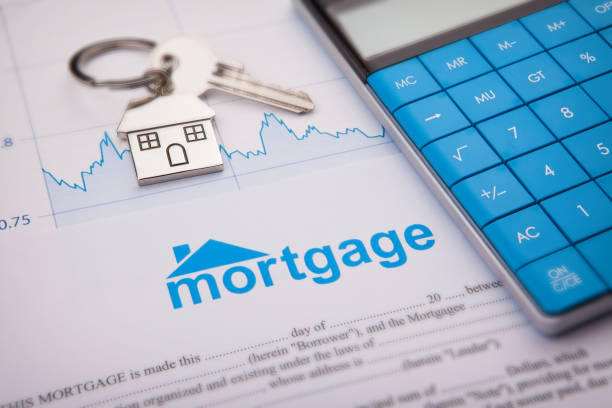Here’s an article on the difference between a fixed-rate and adjustable-rate mortgage that you can publish on your blog:
Understanding the Difference Between Fixed-Rate and Adjustable-Rate Mortgages
Introduction:
When it comes to financing a home, there are several factors to consider, including the type of mortgage that best suits your needs. Two common options are fixed-rate mortgages and adjustable-rate mortgages (ARMs). Understanding the differences between these two types of mortgages is crucial for making an informed decision. In this article, we will delve into the features, benefits, and considerations of both fixed-rate and adjustable-rate mortgages.
1. Fixed-Rate Mortgages:
A fixed-rate mortgage is a loan where the interest rate remains constant throughout the loan term. Here are some key points to know about fixed-rate mortgages:
a. Consistent Monthly Payments: One of the main advantages of a fixed-rate mortgage is that the monthly payments remain the same over the life of the loan. This provides stability and makes budgeting easier for homeowners.
b. Predictable Interest Costs: With a fixed-rate mortgage, you can accurately estimate the total interest you will pay over the loan term. This is because the interest rate is predetermined and does not change, allowing you to plan your finances accordingly.
c. Long-Term Planning: Fixed-rate mortgages are especially popular for those who plan to stay in their homes for an extended period. If you prefer the peace of mind of having a consistent payment amount, a fixed-rate mortgage might be the best choice.
2. Adjustable-Rate Mortgages (ARMs):
An adjustable-rate mortgage, as the name suggests, features an interest rate that can fluctuate over time. Consider the following aspects of adjustable-rate mortgages:
a. Initial Lower Interest Rate: ARMs often offer an introductory period with a lower interest rate compared to fixed-rate mortgages. This initial rate is fixed for a specific period, typically ranging from one to ten years.
b. Rate Adjustments: After the initial period, the interest rate on an ARM can adjust periodically based on market conditions and other factors. This means your monthly payment can increase or decrease over time, depending on the prevailing interest rates.
c. Flexibility: Adjustable-rate mortgages provide flexibility, making them suitable for individuals who may not stay in their homes for an extended period or those expecting changes in their financial situation.
d. Rate Caps and Limits: ARMs usually come with rate caps, which are limits on how much the interest rate can increase during a specific period or over the life of the loan. These caps offer some protection to borrowers, preventing large and unpredictable increases in monthly payments.
Conclusion:
Choosing between a fixed-rate mortgage and an adjustable-rate mortgage depends on your financial goals, risk tolerance, and long-term plans. Fixed-rate mortgages offer stability and predictability, making them popular among homeowners who prioritize consistent monthly payments. On the other hand, adjustable-rate mortgages provide initial lower rates and flexibility, appealing to those who anticipate changes in their circumstances. It’s essential to carefully evaluate your financial situation and consult with a mortgage professional to determine which option aligns best with your needs.
Remember, selecting the right mortgage is a significant decision that can impact your financial well-being for years to come. By understanding the differences between fixed-rate and adjustable-rate mortgages, you’ll be better equipped to make an informed choice tailored to your specific requirements.

 Facebook
Facebook
 X
X
 Pinterest
Pinterest
 Copy Link
Copy Link


